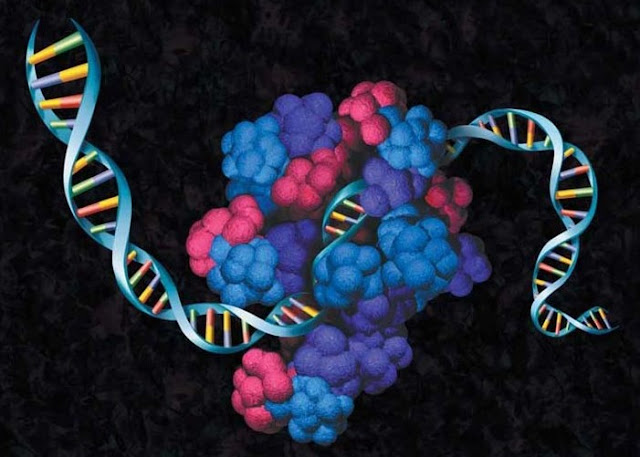Unlocking the Potential of Cell-free Protein Expression
Cell-free protein expression is a rapidly advancing technology
that has the potential to revolutionize the way we produce proteins for
research and industrial applications. This process involves synthesizing
proteins outside of a living cell, allowing for faster and more controlled
protein production with higher yields and purity than traditional methods.
In traditional protein expression, proteins are produced within
living cells, which can be time-consuming and expensive. Cell-free protein
expression eliminates the need for living cells, which greatly simplifies the
protein production process. It also allows researchers to quickly produce
specific proteins on demand, which is particularly useful for applications
where speed and control are important.
Global
Cell-free Protein Expression Market is estimated to be valued at US$ 280.2 million in 2022 and
is expected to exhibit a CAGR of 6.4%
over the forecast period (2022-2030).
One of the major advantages of this is that it can be easily
scaled up or down to produce a wide range of protein quantities. This is
particularly useful for applications that require small quantities of proteins
for research or larger quantities for industrial applications. By eliminating
the need for living cells, cell-free protein expression also reduces the risk
of contamination and can produce high yields of proteins with high purity.
Cell free protein expression has a wide range of applications,
including in drug development, protein engineering, and diagnostics. For
example, researchers can use this to produce large quantities of specific
proteins for use in drug screening or in the development of new therapeutics.
Cell-free protein expression can also be used to produce modified or engineered
proteins that are difficult to produce using traditional methods.
Another promising application of cell-free
protein expression is in point-of-care diagnostics. This technology
allows for the rapid production of specific proteins that can be used to detect
diseases or infections. By eliminating the need for living cells, cell free
protein expression can reduce the cost and complexity of diagnostic testing,
making it more accessible and affordable for patients.
Despite the many advantages of cell-free protein expression, there
are still some challenges that need to be addressed. One of the biggest
challenges is the cost of the technology, which can be high compared to
traditional protein expression methods. However, as the technology continues to
evolve and become more widely adopted, it is expected that the cost will come
down.
Another challenge is the optimization of the cell free protein
expression process. While the technology is highly flexible and allows for the
production of a wide range of proteins, the efficiency of the process can vary
depending on the protein being produced. Researchers are working to optimize
the process to improve yields and reduce the time required for protein
production.
In conclusion, this is a highly promising technology that has the
potential to transform the way we produce proteins for research and industrial
applications. By eliminating the need for living cells, cell-free protein
expression offers a more streamlined and efficient process for protein
production. As the technology continues to evolve, it is expected to become
more widely adopted and to play an increasingly important role in drug
development, protein engineering, and diagnostics.




Comments
Post a Comment